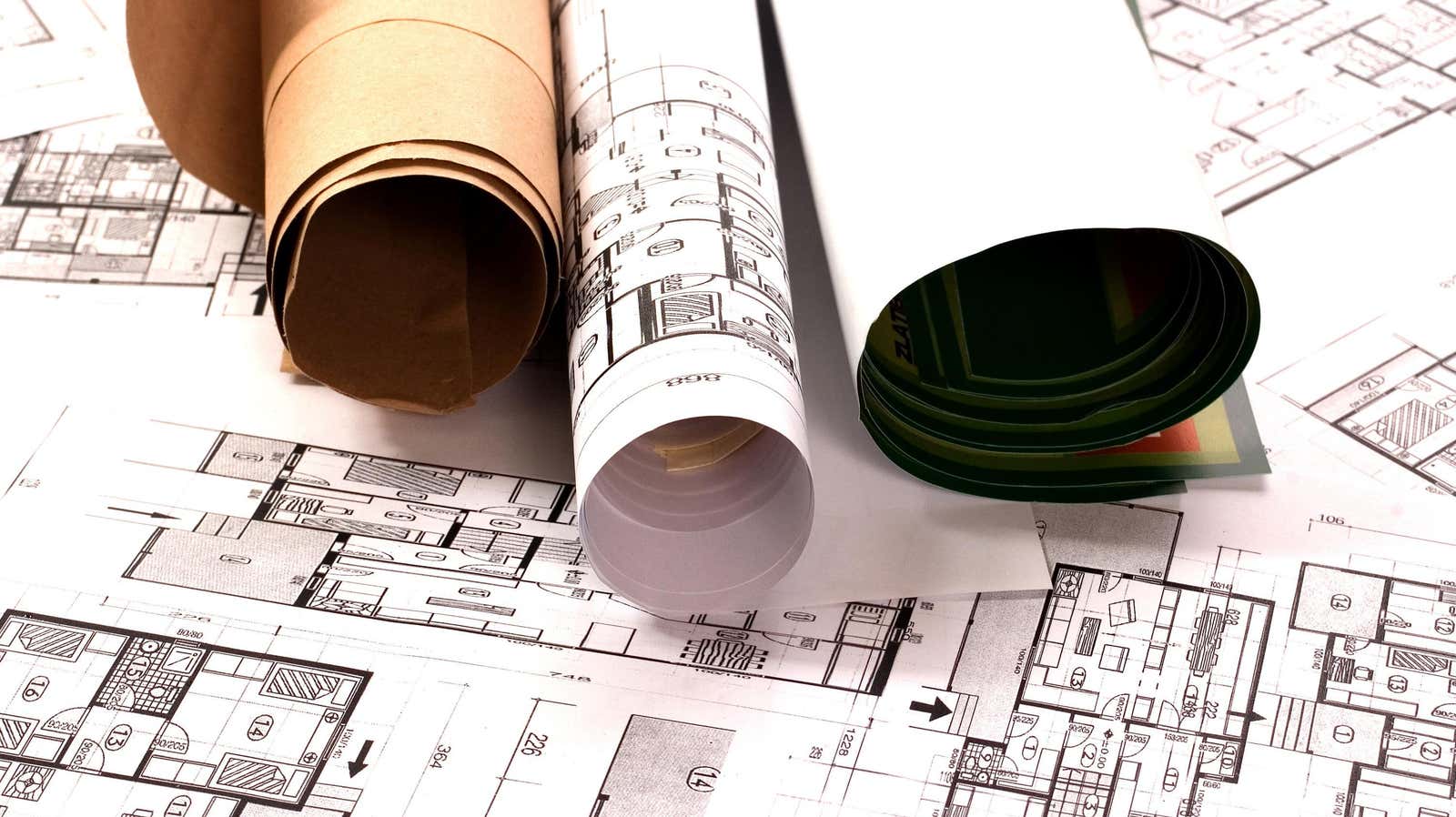How to Decode Building Codes (and Why You Should Care)

If your job isn’t related to building codes, you probably don’t encounter or think about them on a regular basis. While we may refer to a questionable electrical installation in an apartment or building in which several doors are blocked or inaccessible as “out of order”, most of us cannot provide any further details about what the code we are talking about and what it entails.
But even if we don’t deal with building codes very often, it’s still useful to have at least some idea of what they are and why they are important. Here’s what you need to know.
What are building codes?
Building codes define minimum building standards that protect public health and the general safety and well-being of people in and around them at all times (including during construction).
Although they have existed in one form or another since ancient times, the first of what are considered the forerunners of modern building codes were adopted in the 17th century after devastating fires that destroyed entire cities or parts of them with predominantly wooden buildings. and mainly focus on using building materials with less chance of burning.
The adoption of building codes was also the goal of 19th and 20th century Progressive Era reformers and campaigners who sought to improve living conditions in the cities’ crowded tenement buildings.
Are building codes legally enforceable?
While the specifics of building codes vary by state, city, and/or county, they are generally based on broader model codes such as the International Building Code (IBC), so they tend to overlap. The same applies to the accessibility design standards found in the Americans with Disabilities Act (ADA) .
While IBCs and other model building codes are not legally binding in and of themselves, they serve as the basis on which state and local governments create and enact laws.
Why are building codes important?
Building codes continue to address their original function of keeping people in and around a building safe by setting minimum requirements for aspects of construction, including safe wiring, fire protection, and structural integrity. It is also a way to work towards improving the living conditions of the entire population (although bringing existing housing in line with regulations is often an uphill battle).
Building codes can also have financial implications. According to a study conducted by the Federal Emergency Management Agency (FEMA) and published in November 2020 titled Building Code Preservation , over a 20-year period, cities and counties with modern building codes avoided at least $132 billion in natural disaster losses. compared to jurisdictions without modern building codes.